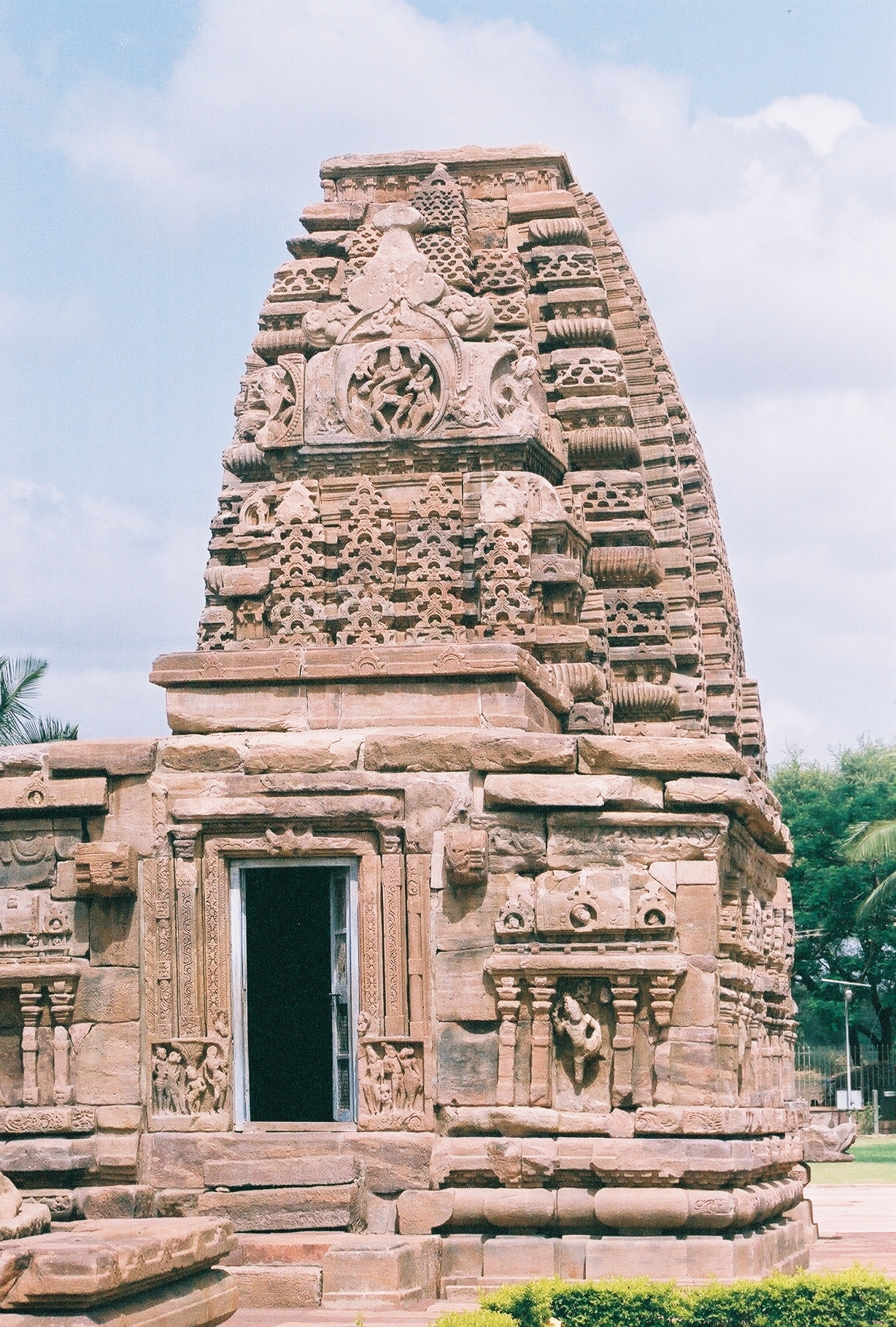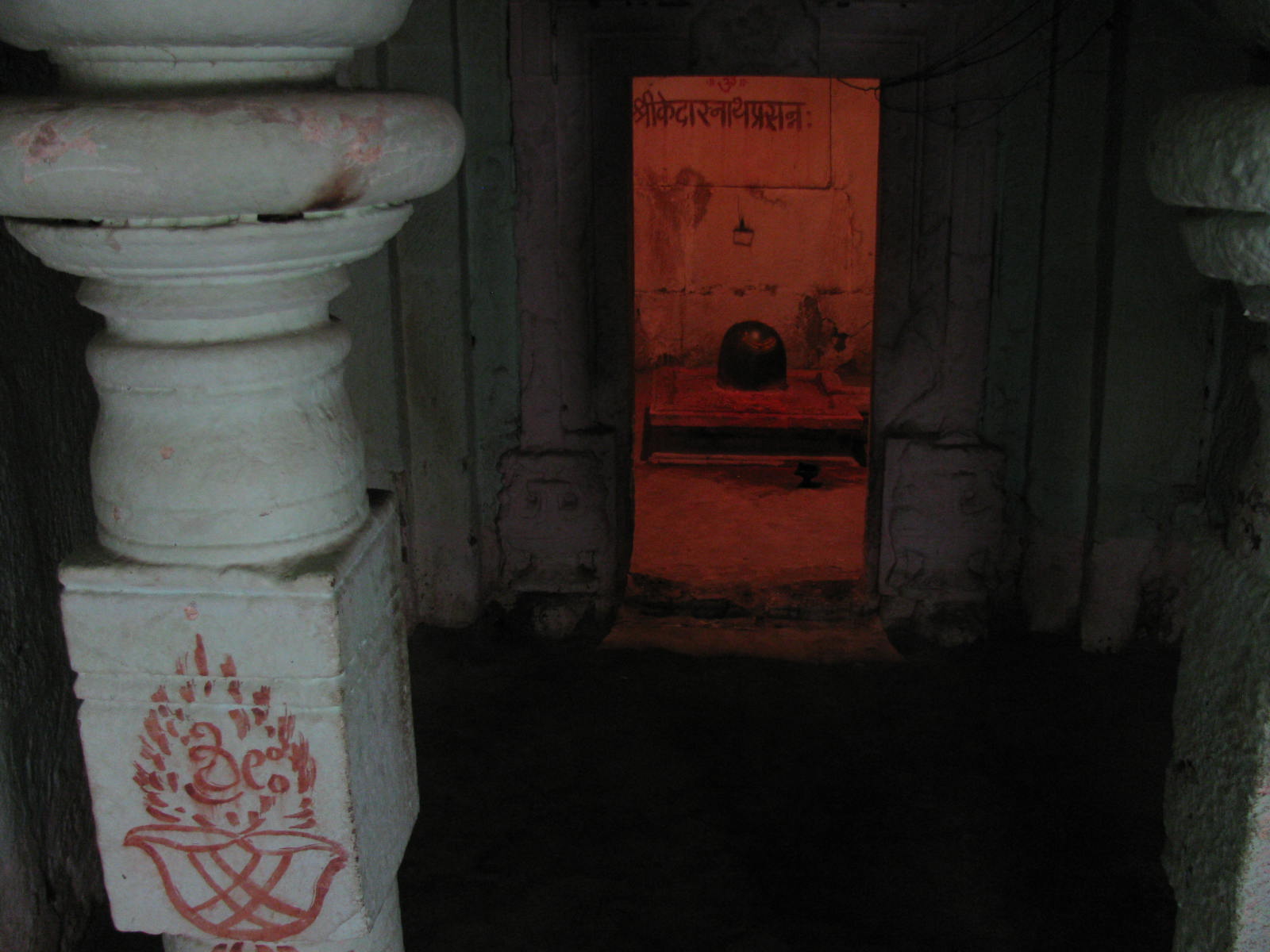|
Kukkanur
Kuknoor (also known as Kuknur, Kukkanur or Kukanoor) is a town in Kukanoor taluk in the Koppal District of the Indian state of Karnataka, which is located about 40 km northwest of Hospet and 7 km from the Mahadeva Temple in Itagi. Kuknoor is known for the temples of the Rashtrakutas and Chalukyas in the town, with the most notable being the Navalinga Temple.Village code= 563400 Kuknoor, Koppal, Karnataka History Kuknoor was an important town during the Middle Ages, and features many historical ruins, including those of the Navalinga Temples that were completed in the later Chalukya style of architecture during the 8th to 13th centuries A.D. Other important sites include the Kalleshvara and Mallikarjuna temples. Demographics As of the 2011 Census of India, Kuknoor had a population of 18,033, constituting 9,075 males and 8,958 females. Temples Kuknur is home to several important temples. Mahamaya Temple Mahamaya Temple is located in the center of the town, and is ... [...More Info...] [...Related Items...] OR: [Wikipedia] [Google] [Baidu] |
Navalinga Temple
The Navalinga temple is a cluster of Hindu temples built in the 9th century, during the reign of King Amoghavarsha I or his son Krishna II of the Rashtrakuta Dynasty. The temple is located in the town of Kukkanur (also called Kuknur), north of Itagi in Koppal district and east of Gadag in Karnataka state, India. Built in the South Indian '' dravida'' style, each of the nine temples in the cluster has a ''linga'', the universal symbol of Hindu God Shiva, and hence the name ''Navalinga'' (''lit'' nine ''lingas'').Cousens (1926), p. 74 General plan A clusters of temples, the ''Navalinga'' group appears to have been placed asymmetrically, without any particular order. Despite being constructed from inferior quality sandstone, the decorative finish is rich, though much of it is lost due to degradation of the shrine walls.Cousens (1926), p. 75 Each of the shrines has a South Indian style ''shikhara'' (superstructure). The ensemble has four ''mantapas'' (hall) in all, three of which ... [...More Info...] [...Related Items...] OR: [Wikipedia] [Google] [Baidu] |
Rashtrakutas
Rashtrakuta (IAST: ') (r. 753-982 CE) was a royal Indian dynasty ruling large parts of the Indian subcontinent between the sixth and 10th centuries. The earliest known Rashtrakuta inscription is a 7th-century copper plate grant detailing their rule from manapur a city in Central or West India. Other ruling Rashtrakuta clans from the same period mentioned in inscriptions were the kings of Achalapur and the rulers of Kannauj. Several controversies exist regarding the origin of these early Rashtrakutas, their native homeland and their language. The Elichpur clan was a feudatory of the Badami Chalukyas, and during the rule of Dantidurga, it overthrew Chalukya Kirtivarman II and went on to build an empire with the Gulbarga region in modern Karnataka as its base. This clan came to be known as the Rashtrakutas of Manyakheta, rising to power in South India in 753 AD. At the same time the Pala Empire, Pala dynasty of Bengal and the Prathihara, Prathihara dynasty of Malwa were gaining ... [...More Info...] [...Related Items...] OR: [Wikipedia] [Google] [Baidu] |
Kukanoor
Kuknoor (also known as Kuknur, Kukkanur or Kukanoor) is a town in Kukanoor taluk in the Koppal District of the Indian state of Karnataka, which is located about 40 km northwest of Hospet and 7 km from the Mahadeva Temple in Itagi. Kuknoor is known for the temples of the Rashtrakutas and Chalukyas in the town, with the most notable being the Navalinga Temple.Village code= 563400 Kuknoor, Koppal, Karnataka History Kuknoor was an important town during the Middle Ages, and features many historical ruins, including those of the Navalinga Temples that were completed in the later Chalukya style of architecture during the 8th to 13th centuries A.D. Other important sites include the Kalleshvara and Mallikarjuna temples. Demographics As of the 2011 Census of India, Kuknoor had a population of 18,033, constituting 9,075 males and 8,958 females. Temples Kuknur is home to several important temples. Mahamaya Temple Mahamaya Temple is located in the center of the town, and ... [...More Info...] [...Related Items...] OR: [Wikipedia] [Google] [Baidu] |
Chalukyas
The Chalukya dynasty () was a Classical Indian dynasty that ruled large parts of southern and central India between the 6th and the 12th centuries. During this period, they ruled as three related yet individual dynasties. The earliest dynasty, known as the "Badami Chalukyas", ruled from Vatapi (modern Badami) from the middle of the 6th century. The Badami Chalukyas began to assert their independence at the decline of the Kadamba kingdom of Banavasi and rapidly rose to prominence during the reign of Pulakeshin II. After the death of Pulakeshin II, the Eastern Chalukyas became an independent kingdom in the eastern Deccan. They ruled from Vengi until about the 11th century. In the western Deccan, the rise of the Rashtrakutas in the middle of the 8th century eclipsed the Chalukyas of Badami before being revived by their descendants, the Western Chalukyas, in the late 10th century. These Western Chalukyas ruled from Kalyani (modern Basavakalyan) until the end of the ... [...More Info...] [...Related Items...] OR: [Wikipedia] [Google] [Baidu] |
Tamarind
Tamarind (''Tamarindus indica'') is a Legume, leguminous tree bearing edible fruit that is probably indigenous to tropical Africa. The genus ''Tamarindus'' is monotypic taxon, monotypic, meaning that it contains only this species. It belongs to the family Fabaceae. The tamarind tree produces brown, pod-like fruits that contain a sweet, tangy pulp, which is used in cuisines around the world. The pulp is also used in traditional medicine and as a metal polish. The tree's wood can be used for woodworking and Tamarind#Tamarind seed oil and kernel powder, tamarind seed oil can be extracted from the seeds. Tamarind's tender young leaves are used in Indian cuisine, Indian and Filipino cuisine. Because tamarind has multiple uses, it is cultivated around the world in Tropical zone, tropical and Subtropics, subtropical zones. Description The tamarind is a long-lived, medium-growth tree, which attains a maximum crown (botany), crown height of . The crown has an irregular, vase-shaped ... [...More Info...] [...Related Items...] OR: [Wikipedia] [Google] [Baidu] |
Human Sacrifice
Human sacrifice is the act of killing one or more humans as part of a ritual, which is usually intended to please or appease gods, a human ruler, an authoritative/priestly figure or spirits of dead ancestors or as a retainer sacrifice, wherein a monarch's servants are killed in order for them to continue to serve their master in the next life. Closely related practices found in some tribal societies are cannibalism and headhunting. Human sacrifice was practiced in many human societies beginning in prehistoric times. By the Iron Age with the associated developments in religion (the Axial Age), human sacrifice was becoming less common throughout Africa, Europe, and Asia, and came to be looked down upon as barbaric during classical antiquity. In the Americas, however, human sacrifice continued to be practiced, by some, to varying degrees until the European colonization of the Americas. Today, human sacrifice has become extremely rare. Modern secular laws treat human sacrifices ... [...More Info...] [...Related Items...] OR: [Wikipedia] [Google] [Baidu] |
Kali
Kali (; sa, काली, ), also referred to as Mahakali, Bhadrakali, and Kalika ( sa, कालिका), is a Hinduism, Hindu goddess who is considered to be the goddess of ultimate power, time, destruction and change in Shaktism. In this tradition, she is considered as a ferocious form of goddess Mahadevi, the supreme of all powers, or the ultimate reality. She is the first of the ten Mahavidyas in the Hindu Tantras (Hinduism), tantric tradition. Kali's earliest appearance is when she emerged from Shiva. She is regarded as the ultimate manifestation of Shakti, and the mother of all living beings. The goddess is stated to destroy evil in order to protect the innocent. Over time, Kali has been worshipped by devotional movements and Tàntric sects variously as the Divine Mother, Mother of the Universe, Principal energy Adi Shakti. Shaktism, Shakta Hindu and Tantra, Tantric sects additionally worship her as the ultimate reality or ''Brahman''. She is also seen as the divi ... [...More Info...] [...Related Items...] OR: [Wikipedia] [Google] [Baidu] |
Garbhagriha
A ''garbhagriha'' or ''sannidhanam'' is the ''sanctum sanctorum'', the innermost sanctuary of a Hindu and Jain temples where resides the ''murti'' (idol or icon) of the primary deity of the temple. In Jainism, the main deity is known as the ''Mulnayaka''. Literally the word means "womb chamber", from the Sanskrit words ''garbha'' for womb and ''griha'' for house. Although the term is often associated with Hindu temples, it is also found in Jain and Buddhist temples. Traditionally, in Hinduism only 'priests' (''pujari'') are allowed to enter this chamber, though in modern practice this is often considerably relaxed. Architecture The room has a single entrance, normally facing east to be accessed by the rising sun, and no windows. It is normally square, and at least approximately a cube, with the representation of the temple's deity placed in the centre, so that it can be seen by worshippers outside. Relative to the size of the temple, and especially the large tower arising o ... [...More Info...] [...Related Items...] OR: [Wikipedia] [Google] [Baidu] |




_-_Ciudad_de_México.jpg)

_Harshat_Mata_ki_Mandir_--_img_33.jpg)